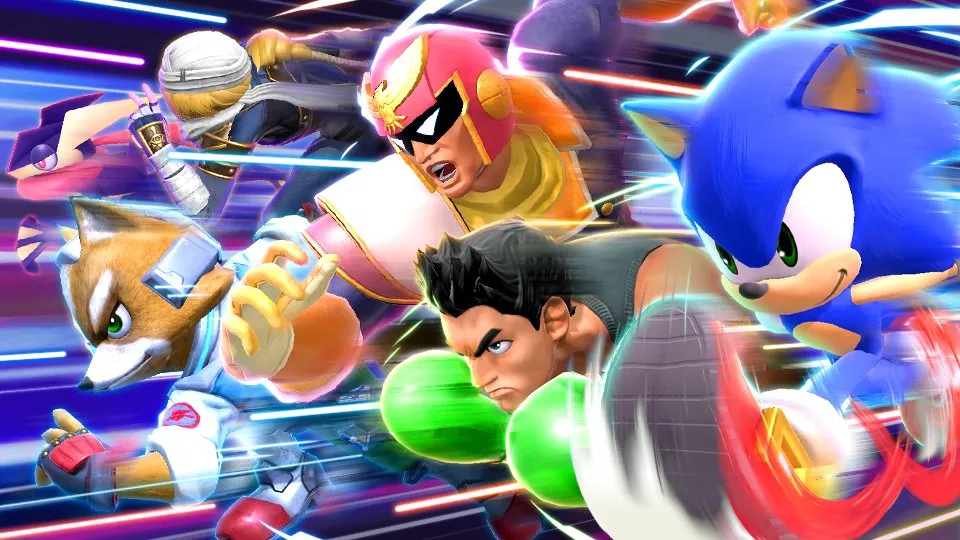Because the ranking system for the PGR is run by a private algorithm, a lot of players have complained about how the Top 50 players for Super Smash Bros. Ultimate have been determined over the first year of the competitive scene.
So for the third season of the PGRU, the algorithm is being replaced by a panel of voters that will use the same ballot system used by the Melee PGR, which means the Top 50 ranking will also expand to 100 players.
The lead statistician for PGstats, Andrew “PracticalTAS” Nestico detailed all of the new changes that will be coming to the system throughout the year in a blog post. That same post also talked about why Panda Global didn’t make the algorithm public, as well as explaining why the team decided to make the change.
PracticalTAS stressed that keeping the algorithm private was done to keep people from abusing the process, while also allowing the team to make some revenue from its partnership with Red Bull.
“The first (reason) is Goodhart’s Law, which states, “When a measure becomes a target, it ceases to be a good measure,” PracticalTAS said. “In other words, though the algorithm is designed to find the best players, a player with knowledge of the inner workings of the algorithm could, in theory, use that knowledge to game the algorithm into thinking the player is better than they are and rewarding him with a higher rank than they deserve; even now, players have already started to weigh options and choose whether or not to attend PGR-ranked events based on whether they believe their rank will be helped by attending.”
And while we can’t verify that players have actually avoided PGR events to protect their ranking, you can see those top players are aware of the weight those events hold. Recent comments by Rasheen “Dark Wizzy” Rose about his recent ranking make it clear that the thought does cross top players’ minds.
“The second reason is that with a public algorithm, anyone could input the data and publish the list ahead of time, ruining our reveal,” PracticalTAS said. “The PGR’s only revenue comes from our publishing deal with Red Bull (so please check out our articles on their site, that helps more than you know!), and we split that revenue with graphics guys, writers, photographers, other volunteers, and a lawyer. None of this happens if the reveal isn’t really a reveal.”
But now that the algorithm is being swapped out for a panel, there will be more input from a large group of people. Applications are open now, but PracticalTAS has already stated that they will work to “region-balance” the panelists so there isn’t a majority for North America alone.
This change will also allow the PGRU to expand to 100 players instead of just 50, which will greatly impact how some tiering and representation work for events across all regions.
In direct response to the expansion and change to a panel, the Tournament Tier System, which decides how much a tournament weighs in the rankings through attendance and how many top players are competing, will also change, but not immediately.
Starting in season 4 (Fall 2020,) there will be six big changes to the TTS:
- Splitting the international bonus by region
- The contiguous US, which as in past seasons will require 200 entrants for PGR status and 1200 for S Tier.
- Japan, which as in past seasons will require 160 entrants for PGR status and 960 for S Tier.
- International, which are all other territories and will require 120 entrants for PGR status and 720 for S Tier.
- Area 51 players worth TTS points
- Area 51 players will be worth 64 PGR Player points, the same as players ranked 31-50.
- A Mid-Season TTS Update
- The panel will review players three months into the season and create a list of five “Mid-Season Rising Stars” for inclusion at that same 64 PGR Point level.
- A one-DQ buffer for S Tiers
- If an event has achieved S Tier via PGR Player Score but falls below the S Tier threshold by one player due to DQs on the weekend of the event, the event keeps the S Tier label.
- Checking free events for DQs
- Any event with free entry (such as conventions) will be checked for DQs and have its PGR score revised based on total attendees that competed.
- An end-of-year offseason
- The PGR team is in talks with tournament organizers and trying to construct a period of time at the end of one of the seasonal periods to create an offseason, though there is no news at the moment.
PG’s CEO Alan Bunney also wanted to let people know that the complaints about the PGR is not why these changes were made.
“The criticism to the PGR is not why PGstats changed to a panel,” Bunney said. “The demand for Top 100, attempts by players to game the algorithm, and inability to publish the algorithm without repercussions (so players were left in the dark) are the main reasons.”
You can read PracticalTAS’ full statement and all of the details on the official Panda Global website.







Published: Jan 23, 2020 07:18 pm